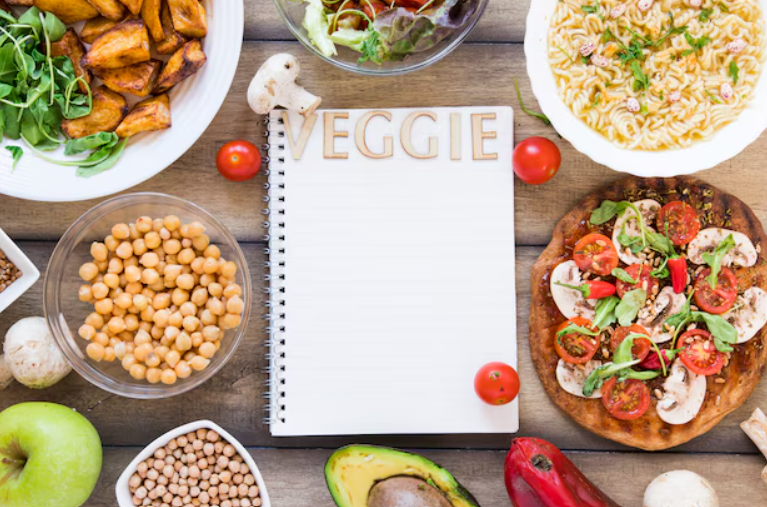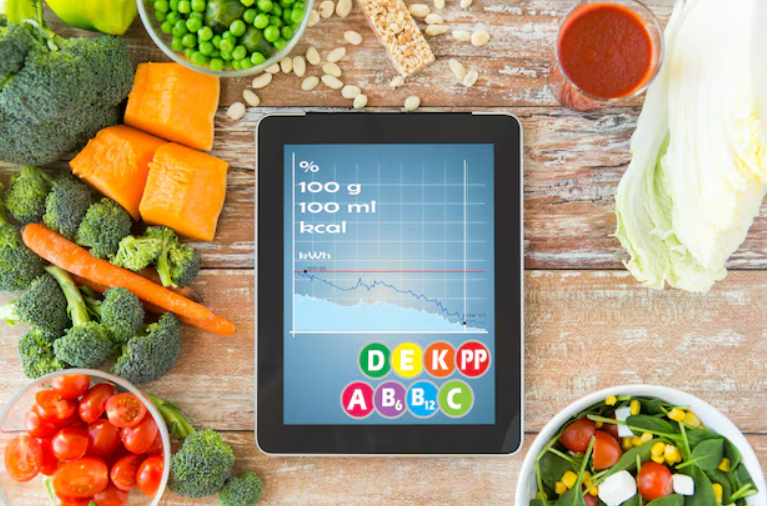High-Protein Vegetables: An Overview of Plant-Based Protein
When we think about protein, animal-based foods such as meat, fish, and eggs often come to mind. However, there are many vegetables with a high protein content, making them excellent options for vegetarians, vegans, or anyone trying to include more plant-based foods in their diet. Protein is an important macronutrient for immune system function, muscle development, and general body repair. Even though vegetables are generally not as protein-rich as meat, many of them provide substantial levels of protein that can benefit a balanced diet.
Protein-Rich Vegetables: Supporting a Healthy, Balanced Diet
A healthy, balanced diet can benefit from a variety of protein-rich vegetables, even though animal-based meals are often the first choice. Vegetables like cruciferous vegetables (broccoli and Brussels sprouts) and leafy greens (spinach and kale) offer protein options. By including these protein-rich vegetables in your meals, you can maintain a plant-based diet while promoting muscle building, digestive health, and overall well-being. So, next time you’re planning your meals, remember that vegetables are an excellent source of protein and can help you reach your nutritional goals.
Below, we’ll explore the best veggies for protein, their health benefits, and ways to include them in your meals to boost your protein intake:
The Significance of Protein
Protein is essential for nearly every bodily function. It plays a vital role in immune system function, hormone production, muscle repair, and enzyme synthesis. Since protein is found in every cell in the body, it’s crucial to ensure you get enough of it to stay healthy. For those following a plant-based diet, consuming a variety of high-protein vegetables is essential to meet daily protein requirements.
Top Protein-Rich Vegetables
Edamame, or Soybeans
- Edamame, or immature soybeans, are one of the best plant-based protein sources.
- Unlike many plant-based foods, edamame is a complete protein as it contains all nine essential amino acids.
- With around 17 grams of protein per cooked cup, edamame is an excellent choice for increasing protein intake.
- Along with being protein-rich, edamame is also a good source of fibre, healthy fats, and several essential vitamins and minerals, including manganese, vitamin K, and folate.
- They are versatile and can be added to salads, stir-fries, or eaten as a snack on their own.
The Lentil
- Lentils, though legumes, are often considered vegetables due to their texture and culinary uses.
- They are among the most protein-dense plant-based foods, providing around 18 grams of protein per cooked cup.
- Lentils are also rich in iron, fibre, and folate, making them an excellent choice for vegans and vegetarians.
- Due to their versatility, lentils can be used in salads, soups, stews, and even lentil burgers.
- They come in various colours, including green, brown, red, and black, each with slightly different tastes and textures.
Spinach
- Spinach is a leafy green vegetable that provides a solid protein boost, offering around 5 grams of protein per cooked cup.
- While this may seem modest compared to beans, spinach is also an excellent source of iron, vitamin K, vitamin A, and folate.
- It is known for its antioxidant content, which helps reduce inflammation and promote overall health.
- To include spinach in your diet, you can add it to soups and salads, blend it into smoothies, or sauté it with garlic and olive oil.
- Cooking spinach enhances the absorption of nutrients and protein.
Kale
- Kale is another nutrient-dense, high-protein leafy green.
- One cup of cooked kale contains around 3 grams of protein.
- Though it has slightly less protein than spinach, kale is rich in calcium, manganese, and vitamins A, K, and C.
- The high fibre content of kale promotes feelings of fullness and aids digestion.
- Kale can be cooked into crispy chips for a high-protein snack, sautéed with your favourite vegetables, or eaten raw in salads.
 Broccoli
Broccoli
- Broccoli is a vegetable known for its health benefits, and its high protein content makes it stand out.
- One cup of cooked broccoli provides around 4 grams of protein.
- In addition to being a protein source, broccoli is high in fibre, vitamin C, and several anti-inflammatory phytochemicals.
- Broccoli can be used in casseroles and stir-fries, or it can be roasted or steamed.
- It also makes a great addition to vegetable-based soups and smoothies.
Brussels Sprouts
- Brussels sprouts are another high-protein cruciferous vegetable.
- One cup of cooked Brussels sprouts provides around 4 grams of protein.
- These small vegetables, resembling cabbage, are also high in fibre, folate, vitamin K, and vitamin C.
- They contain strong antioxidants, which may help protect the body from oxidative damage.
- Brussels sprouts taste delicious when roasted or sautéed.
- They also make a tasty side dish when combined with herbs and olive oil or added to salads.
Peas
- Peas offer around 8 grams of protein per cooked cup, making them an excellent plant-based protein source, whether fresh or frozen.
- In addition to being rich in fibre, peas are a good source of several vitamins and minerals, such as folate, vitamin K, and vitamin A.
- Due to their versatility, peas can be added to salads, pasta dishes, stews, and soups.
- They also pair well with dips like hummus and vegetarian burgers.
Artichokes
- Though they might not be the first vegetable you think of for protein, artichokes are surprisingly rich in this vital nutrient.
- One medium artichoke provides around 4 grams of protein.
- Artichokes are also a great source of fibre, antioxidants, and many vitamins and minerals, including magnesium, vitamin K, and vitamin C.
- You can roast, grill, or steam artichokes.
- They can be served as a side dish or in salads, and pair well with lemon and garlic.
The Mushroom
- Mushrooms, especially varieties like portobello, shiitake, and maitake, contain more protein than most other vegetables.
- One cooked cup of mushrooms provides around 3 grams of protein, though they are not as high in protein as legumes.
- Mushrooms are also a good source of antioxidants and B vitamins, particularly vitamin D (when exposed to sunlight).
- Mushrooms can be sautéed, grilled, or roasted and make a great addition to soups, pasta dishes, stir-fries, and salads.
- They are also popular for plant-based meals like vegetarian burgers and tacos due to their meaty texture.
Corn That is Sweet
- Corn is a whole grain but is often considered a vegetable, whether served fresh or frozen.
- In addition to offering around 5 grams of protein per cup, corn is an excellent source of fibre, antioxidants, and several vitamins and minerals.
- Corn is also a great addition to any balanced diet as it contains carbohydrates that provide energy.
- Sweet corn, whether fresh or frozen, makes a tasty side dish when roasted on the cob or added to salads, soups, and stir-fries.
Green Collards
- Collard greens are another leafy green vegetable with a respectable protein content.
- One cooked cup of collard greens provides around 5 grams of protein.
- They are an excellent addition to a balanced diet as they are high in calcium, fibre, and antioxidants.
- Collard greens can be added to soups and stews, sautéed, or steamed.
- They can also be used as a substitute for regular tortillas to wrap tacos or sandwiches.
How to Include Vegetables High in Protein in Your Diet
Now that you are aware of vegetables rich in protein, here are some ideas on how to incorporate them into your meals:
Smoothies
- For an extra protein boost, add a handful of peas, spinach, or kale to your morning smoothie.
Salads
- To make your salads more substantial, add protein-rich vegetables like broccoli, Brussels sprouts, or mushrooms.
Stir-fries
- For a complete meal, combine high-protein vegetables like peas, edamame, and mushrooms with beans, tofu, or tempeh.
Soups and Stews
- To increase the protein and fibre content of soups and stews, add lentils, artichokes, or collard greens.
Roast or Grill
- For a tasty, high-protein side dish, try roasting or grilling vegetables like corn, sweet potatoes, and Brussels sprouts.
